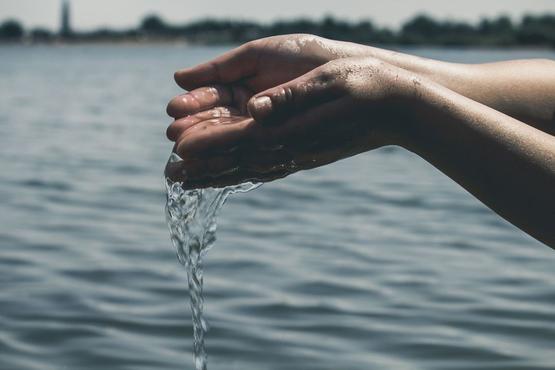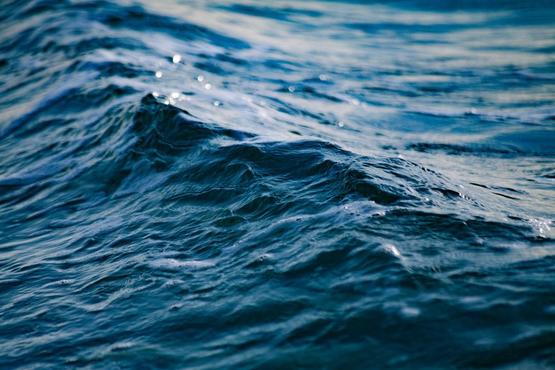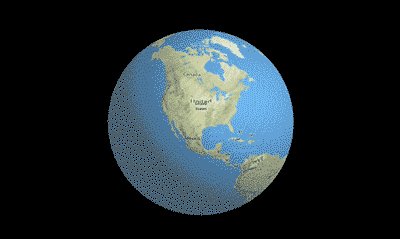
How to Convert Sea Water into Fresh Water
Advertisement
As the world’s population grows and climate change brings more wildfires and drought, clean water is becoming an increasingly precious resource.
According to the UN report in 2019, nearly half of the world's population (about 3.6 billion) live in areas potentially short of water for at least one month each year. If proper measures are not taken, this number will rise to 4.8 to 5.7 billion by 2050. To solve the shortage of water resources, there is a seemingly very simple method- converting sea water into fresh water. The challenge is to do it on a large scale using low cost, sustainable methods.

Researchers at the University of Colorado at Boulder and the University of Maryland believe wood could be the answer. They used wood to make an ultra-thin filter membrane to desalinate and purify water. According to a report on this research by Science Advances, this 0.5 mm membrane may become a sustainable alternative to the petroleum-derived plastic membranes widely used in desalination plants.
Advertisement
Traditional Desalination Methods
In fact, some water-scarce areas have successfully obtained clean, drinkable fresh water from seawater. In regions such as the Middle East and California, desalination plants are already supplying water for residents. Most rely on the reverse osmosis process, in which seawater is forced into porous membranes and filtered to remove salt and impurities. However, this method not only consumes huge energy, but also consumes expensive plastic filter membranes, which are also very prone to clogging, leading to greater costs.
At that moment, membrane distillation technology , a seawater desalination technology that has not yet been commercialized , has attracted attention due to its energy-saving and environmentally-friendly characteristics and has entered people's field of vision. The so-called "membrane distillation" is the use of solar energy to evaporate seawater, and the water vapor is filtered through a hydrophobic membrane, and then condensed to become clean fresh water. However, the hydrophobic membrane used in this treatment is made of polytetrafluoroethylene (PTFE), polyvinylidene fluoride (PVDF), polypropylene (PP) and other high polymers based on the petroleum industry. On the one hand, these materials are not suitable for efficient heat preservation, on the other hand, they are difficult to degrade and easily cause environmental problems. Therefore, limited by cost and energy consumption, this technology cannot be widely used.
Advertisement
Advertisement
OTHER NEWS

The 10% rule:Start from the very beginning and achieve financial freedom within 10 years
BY Nicole

Watch Dogs: Legion Review II
BY Cynthia

Can Dogs Navigate With the Geomagnetic Field
BY Judith

How to Cure Auto-Brewery Syndrome
BY Anne

How Many People can Earth Hold?
BY Timothy

Drawing a super detailed aerial view of the city from memory
BY Donna
RECENT NEWS
-

PUBG Mobile Esports Generated 200 Million Hours of Viewing in 2020
-

Mario Kart Tour Races to $200M revenue and 200M Downloads
-

Game Acquisitions Expand Globally in Q1 2021 with 280 Deals Worth $39 Billion Surpassing That in 2020
-

Free Fire Shows Strong Momentum, with Its Revenue Overtaking PUBG Mobile in a Single Market for Q1 2021
-

The Games Fund Launched a $50 Million Early Investment Fund to Invest in American and European Companies
-

How to Download and Install Wyze App for Free?
 1
1 1
1